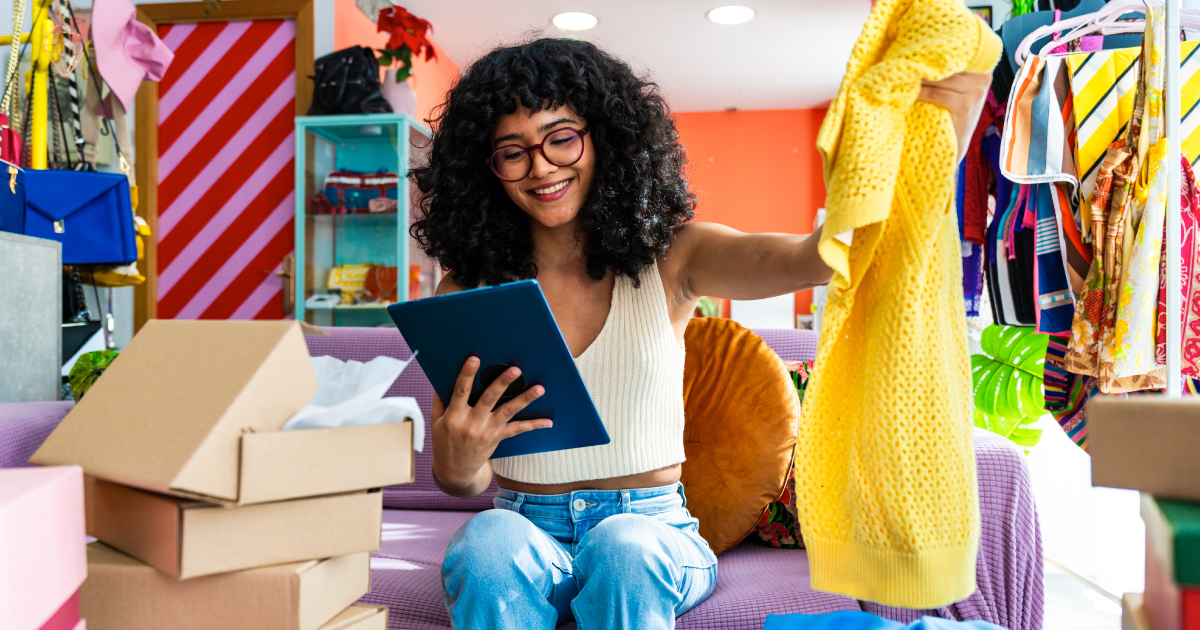
Fintech Trends & Insights
Blog
NMI’s perspective on payments industry trends, innovative tech solutions, merchant management and operational best practices.



 Why Your Residuals Management Should Be Automated
Residuals — the income on the processing fees earned by payment resellers — make the payments world go round, and managing them is a critical task for independent sales organizations (ISOs), payment facilitators (PayFacs) and other industry professionals. Traditionally, calculating and managing residuals was a grueling, time-consuming and resource-intensive process. But, automation and technology are now changing things for the better.
How you manage residuals affects everything — from agent...
Read More
Why Your Residuals Management Should Be Automated
Residuals — the income on the processing fees earned by payment resellers — make the payments world go round, and managing them is a critical task for independent sales organizations (ISOs), payment facilitators (PayFacs) and other industry professionals. Traditionally, calculating and managing residuals was a grueling, time-consuming and resource-intensive process. But, automation and technology are now changing things for the better.
How you manage residuals affects everything — from agent...
Read More